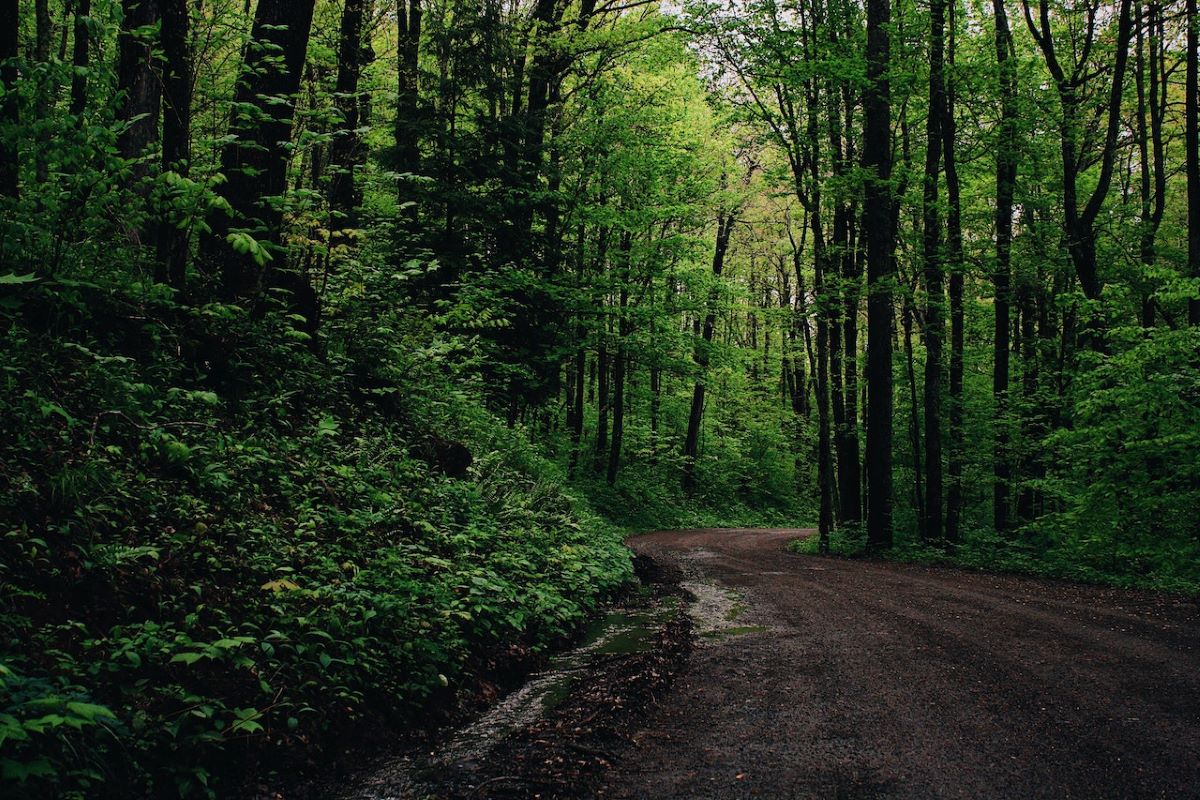Photo by Cody King
Plant fossils are so amazing that paleobiologists utilize them to discover what fossil plants reveal about climate change.
Thomas F. McLoughlin is a paleontologist who taught Introduction to Geology courses in Virginia, Cumberland, Kentucky, and Wise for around twenty-six years. His book A Guide to Pennsylvanian (Carboniferous) Age Plant Fossils of Southwest Virginia discusses the ancient fossilized plants of the Carboniferous period.
But why are scientists interested in plants buried beneath the earth for millions of years? What secrets do they have that will tell us about climate change? We’ll be talking about that today and better understand what they have to share.
Scientists Use Fossil Leaves as Key Climate Indicators
More often than not, plants that live in warmer climates are equipped with larger leaves that have smoother edges, while those in cooler climates have leaves that are smaller with edges that are more jagged. By using fossil plants and comparing them to their modern-day relatives, scientists can find out what kind of climate these plants resided in.
Let’s take the palm trees of today as examples. Palm trees (by today’s standards) are subtropical or tropical plants. Scientists can promptly deduce that a fossilized palm tree probably grew in warmer climates.
Fossilized Plants Have Imprints of Ancients Ecosystems Within Them
Approximately 56 million years ago, during a time period named the Paleocene Eocene Thermal Maximum (PETM), planet Earth’s standard temperature increased from four to eight degrees Celsius in a matter of less than 10,000 years.
The leading cause of this temperature rise was the geologic processes, ultimately releasing trillions of tons of carbon dioxide directly into the Earth’s atmosphere. This drastic shift in the planet’s climate forced ecosystems worldwide to experience a massive upheaval.
What fossil plants tell us regarding climate change, and the leaves from their branches unearthed from PETM, is that ecosystems fluctuated due to the extremely rapid increase in the global temperature. What makes global warming different back in the PETM wasn’t caused by humans.
Scientists nowadays aim to figure out how to gather data from that time (with the help of fossilized plants) and use it to what is happening in today’s faster and more drastic events. Thomas F. McLoughlin’s book can be a reliable source for what kind of plants to examine.
How Can the Knowledge of What Fossil Plants Reveal About Climate Change Help Our World?
The results of researching fossilized plants will help us better understand the environments of our planet’s past, particularly for its environmental context, wherein many modern temperate plant species evolved for the first time.
Another thing that can help us is knowing the feedback of plant communities and how long local climates to global climate change are in terms of timescales, which are too long for the modern world to observe. Research like this offers a helpful perspective when coming up with informed decisions about policies regarding climate change.
Why Is Researching Fossilized Plants Relating to Climate Change Important?
Many know global temperatures are rising due to the abundance of carbon released into the atmosphere. There’s also a large concentration of greenhouse gases within the atmosphere at extremely high levels unheard-of within the past four million years. Many people are concerned about how plant communities respond to these global changes.
Fortunately, the fossil and geologic records of years long past give us the right insights into how the world’s past global warming occurred. Comprehending how local climatic conditions experienced changes during a worldwide event, and how the changes it brought affected the diversity and structure of their ancient forests, will provide us with great insight into what we can expect in an uncharted future.
Learning the Past Can Ultimately Help Us Make a Better Future
Paleobiologists, paleontologists, and scientists aim to understand better the present and future climate changes coming our way. For experts like Thomas F. McLoughlin, if we can develop a modern climate model capable of successfully forecasting extreme past events (such as the PETM), we can provide accurate predictions about how Earth will react to the climate change we are experiencing today.
What fossil plants reveal about climate change is extremely important, and by learning their secrets, we can better care for our environment.
If you want to learn how to care for the environment, read our blog “How to Be a Wildlife Conversationist in 4 Easy Steps.”
